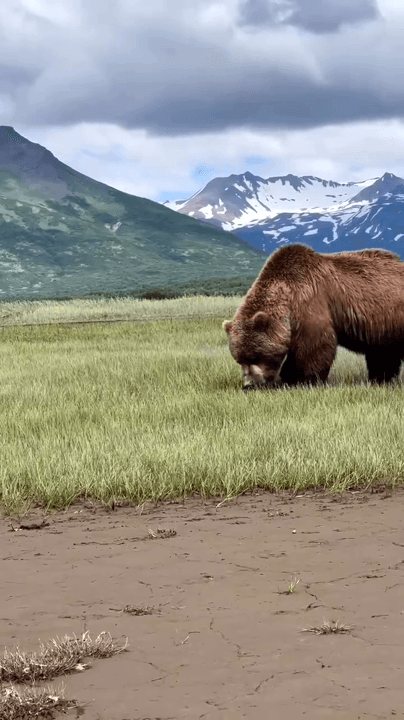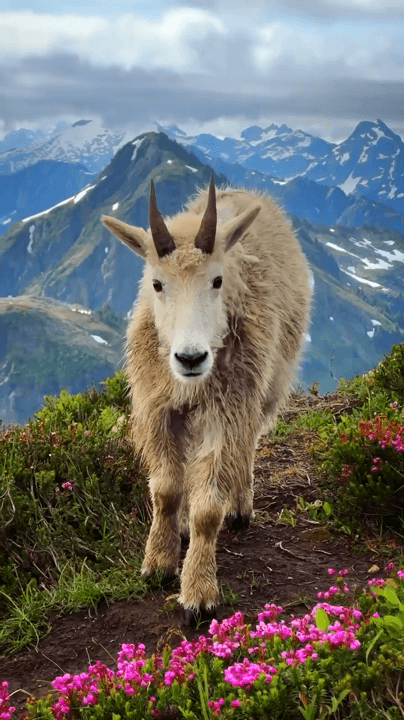
Alaska's Majestic Bears: A Guide to Understanding These Iconic Giants Discover Alaska's diverse bear population, including grizzlies, black bears, and polar bears. Learn about their habitats, behavio
Post: 12 February 23:38

Post: 12 February 23:38

Post: 19 August 09:47

Post: 14 February 09:44

Post: 5 August 12:24

Post: 12 July 08:33

Post: 19 August 09:31

Post: 25 August 07:18

Post: 15 June 12:57

Post: 28 August 11:27

Post: 13 June 12:59

Post: 28 August 09:24

Post: 18 August 09:06

Post: 2 November 20:29

Post: 9 November 10:02

Post: 3 November 23:17

Post: 20 November 09:47

Post: 18 October 09:09

Post: 31 October 10:40

Post: 22 June 12:47

Post: 5 December 09:45

Post: 20 September 09:38

Post: 8 August 09:23

Post: 21 September 17:36

Post: 3 May 18:22

Post: 25 November 17:58

Post: 16 October 23:25

Post: 4 November 10:14

Post: 24 June 16:19

Post: 18 December 09:26

Post: 21 August 22:20

Post: 8 January 23:22

Post: 13 November 09:27

Post: 1 November 08:47

Post: 19 September 17:48

Post: 18 September 09:40

Post: 7 February 19:37

Post: 6 August 13:09

Post: 4 May 12:43

Post: 16 December 09:21

Post: 26 January 11:17

Post: 18 November 20:09

Post: 11 January 02:34

Post: 3 November 15:54

Post: 31 October 23:18

Post: 27 June 14:25

Post: 23 December 14:18

Post: 23 September 00:21

Post: 28 August 11:12

Post: 23 July 14:22

Post: 11 June 22:06